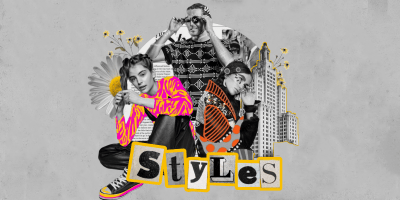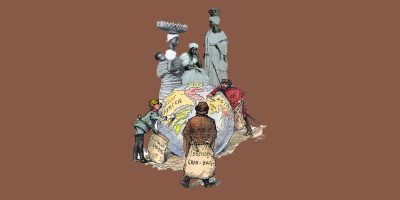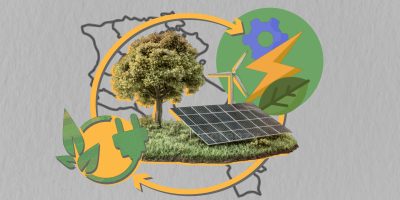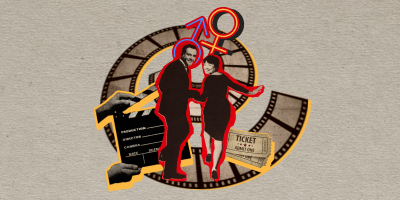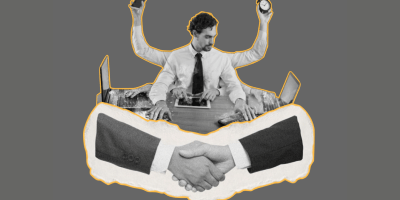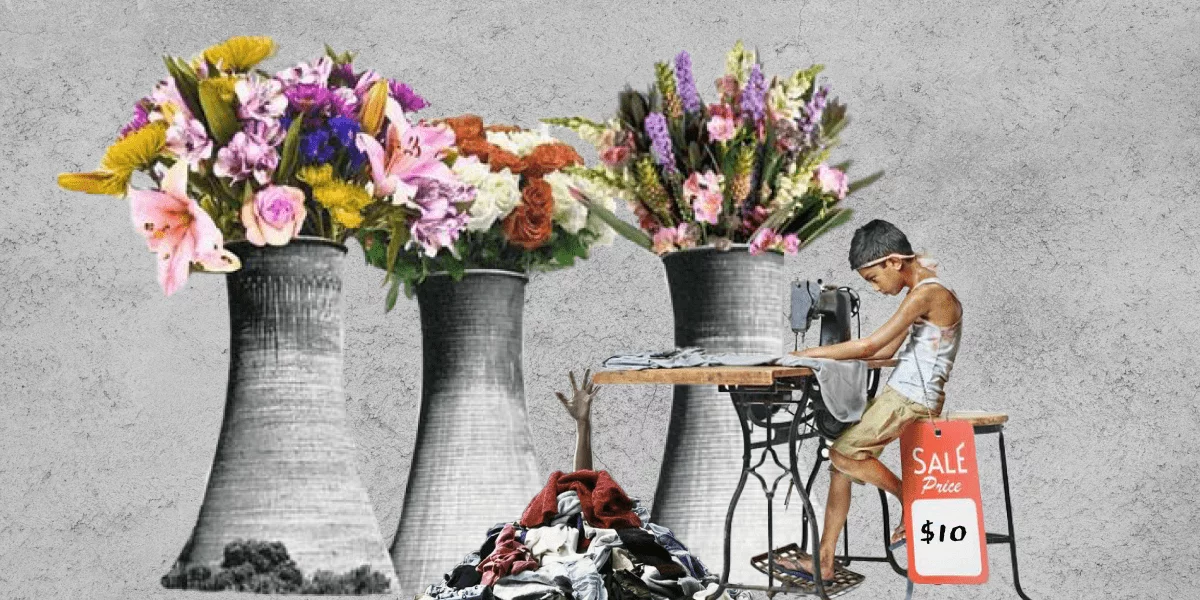
We all have that $10 t-shirt at the back of our closets that we have worn only twice and it has already become see-through and worn out. That is the problem with fast fashion. It might be cheap for you, but it has its environmental and ethical costs. You can diminish those costs by getting your clothes either from sustainable trends or thrift shops.
Fast fashion alludes to the mass production and fast process of clothing and accessories from designer to manufacturer and to the shelves of your favorite stores. It is cheap both for the producer and the customer. The producer does not put quality in the garments. Rather – they put quantity. Fast fashion is like the chicken and egg phenomenon – which came first? The demand of the customers for more clothes or the supply of new trends from the producers? We might never know!
Actually, we might. Fast fashion started an upsurge after the Industrial Revolution with the introduction of sewing machines and textile machinery that increased the efficiency of textile production. Moreover, it became more feasible with the discovery of new cheaper and more accessible materials such as nylon and polyester. These are not biodegradable materials that are made from fossil fuels and release toxic microfibers. One individual may release almost 300 million polyester microfibers into the environment by washing their clothes and over 900 million into the air by just wearing the clothing – shocking, I know!
In fact, the fashion industry is the second-largest polluter in the world after the oil industry. Water pollution and water waste are the common and most harmful side effects of fast fashion. The fashion industry uses a tenth of all industrial water used to run factories and clean merchandise. To put this in perspective, one kilogram of cotton takes 10,000 liters of water to produce, or around 3,000 liters for one cotton outfit.
On the other hand, the ethical cost of fast fashion extends to the horrible and inhumane working conditions where employees have to work minimum of 14 hours a day, every day of the week, with less than minimum wages. Just so you can have a different shirt for every day of the week, they have to work in factories with no ventilation making them breathe all the toxic chemicals and microfibers released. Also, child labor is very common in the fashion industry since it requires low-skilled labor resulting in abusing children with long-hour shifts and either minimum or no wage at all.
The issue is scary and saddening – so what steps can we take from our end? There’s always the alternative of buying from sustainable brands that use different materials than polyester or reusing offcuts and not used fabrics to make different garments. Or you can try thrifting!
Serli Haladjian, 20, is an owner of an online thrift shop. “I had so many clothes at one point I really loved, but I would never wear them now,” she said, “and other people would be like, ‘wow, I wanted this piece for a long time.’” Serli talks about the various reasons that people could thrift: it saves money and you would be recycling clothes and instead of ending up in a landfill, they would end up in someone else’s closet. Her motto is “one man’s trash is another man’s treasure.”
She later continued, “I do not wanna villainize fast fashion too much, but people who have higher income and do those $100 fast fashion hauls are putting the environment at risk because they wear it once and then throw it away.” That is the complication of fast fashion; it makes you want to buy more and follow micro trends that last less than three weeks.
You do not need twenty shirts when you can survive with ten. Next time you go shopping in a fashion criminal jail – in other words, “the mall” – try to ask yourself if you really need the garment you are buying. Give a chance to thrifting – it will change your life, the environment and the unfair labor. Also, keep in mind that the price tag on that garment is biased.

